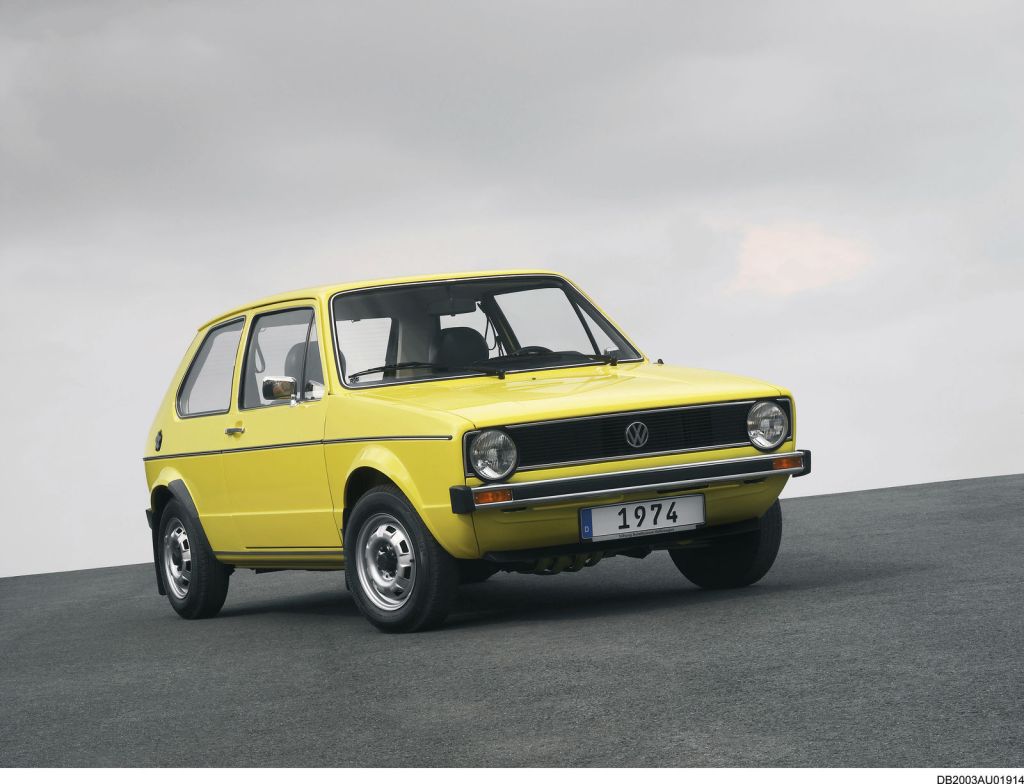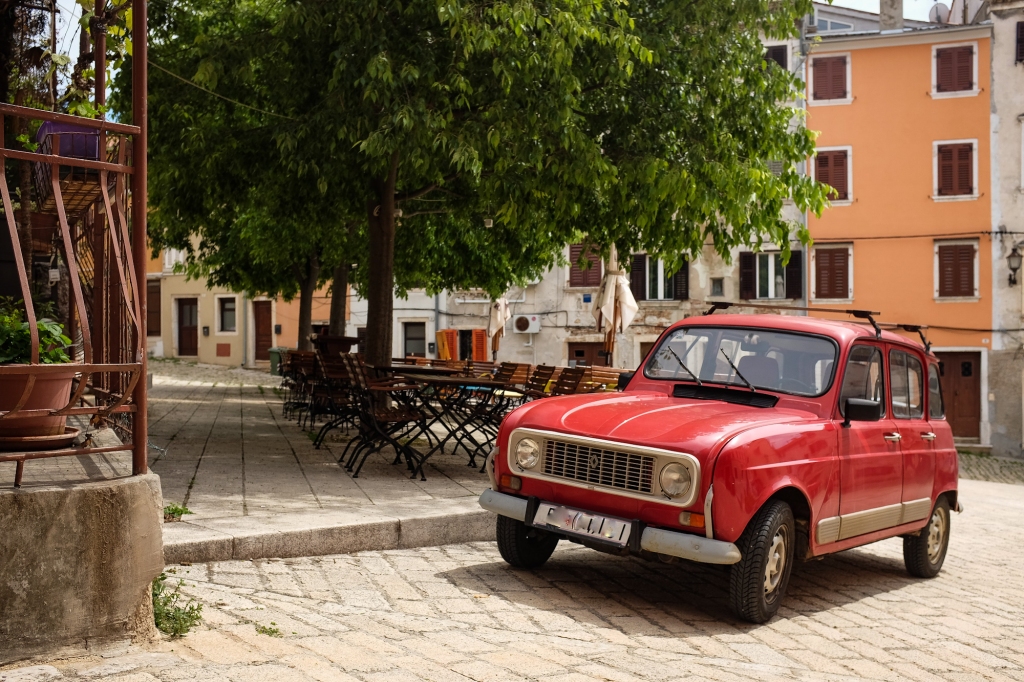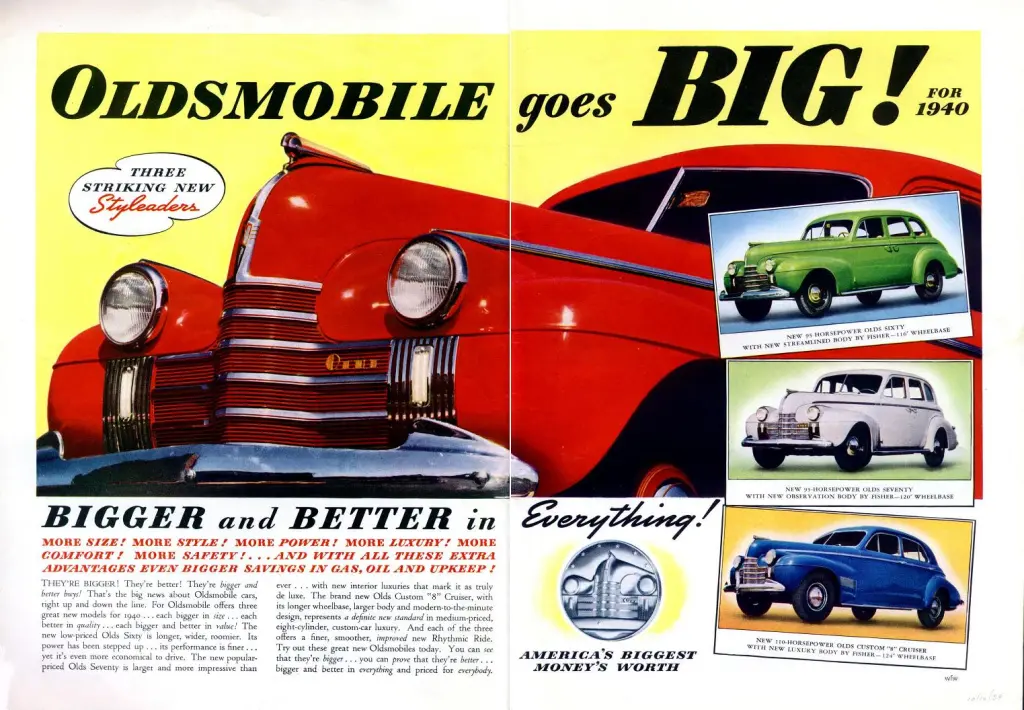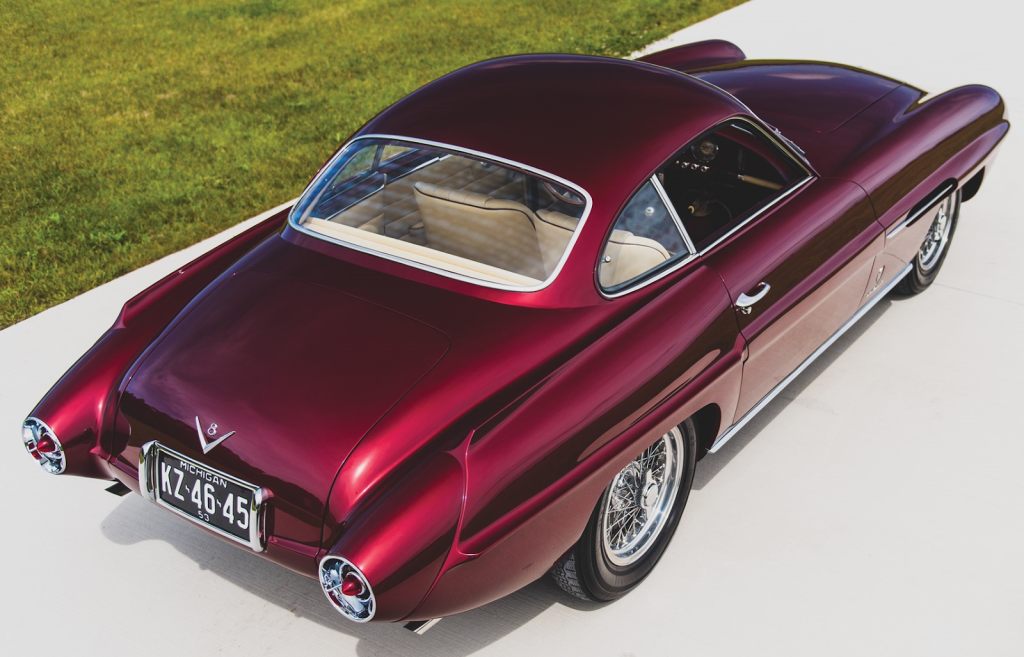50 years of the VW Golf. Can you believe it?
Whilst its arrival feels like yesterday, it’s modern-day ubiquity has taken more than 50 years of hardworking, continued evolution and a constant strive to understand customer’s wants and needs.
Whatever you think of the vehicle, it’s one of the oldest, continually-developed models in the world and is so iconic it’s even entered our lexicon as a tool for comparison: “…. is like the VW Golf of…”.
So we’re here to celebrate its birth, and with it, 50 wonderful years.

Bye Bye Beetle
With VW having had Beetle replacement ideas for almost 2 decades, it was under new ownership, and with a renewed focus on profitability, that VW finally found a cohesive strategy to renew the iconic “bug” and shake up the market with a new breed of compact car.
Whilst the Beetle continued to be built in international markets for decades to come, European automotive standards were evolving quickly, quicker than the Beetle could cope with.
So the German marque turned to the legendary Giorgetto Giugiaro, whose designs had been so adored by many of the marque’s directors. Invoking his signature “origami” or “folded-paper”, it was love at first sight from the very first prototype, his signature clean lines signalling a new era in car design.

Representing a distinct shift towards a modern, front-wheel-drive compact hatchback design, it was intended to provide practicality, efficiency, and a fun driving experience. And it certainly delivered.
At its launch, the Golf was available with a range of engines, including 1.1-litre and 1.5-litre gasoline units, as well as a 1.6-litre diesel option. Power output varied between 50 to 70 horsepower, depending on the engine choice. Not rapid, but enough.
Type 17, as it was internally labelled, began production in March 1974, and the first vehicles were sold two months later. As you can imagine, they were popular.

Golf Glory
The Golf gained rapid popularity among consumers and automotive journalists alike, not because it pushed any specific technical boundaries because, well, it didn’t.
What it was, however, was a spacious (for its size), ergonomically-designed, practical, low-cost and dynamic vehicle, its precise steering and nimble handling earning broad praise, with some comparing it to a go-kart.
And as if to emphasise its reliability, another key customer desire, between October 2nd 1974 and January 14th 1975, two Golf Mk Is were driven over 30,500 km (19,000 mi) from Fairbanks, Alaska to Tierra del Fuego as a test of their durability. The entire length of the Americas.

Volkswagen, under the new stewardship of Rudolf Leiding, were well aware that they’d struck gold, and rather than complacently enjoying their success, they set about compounding it.
Before 1974 was over, right-hand drive units were being shipped globally. Air conditioning, amongst other options, and styling tweaks were introduced just a year later. Japan welcomed the Golf too a year after launch, in 1975.
And despite missing out on the European Car of the year in ’75 to the Citroën CX, they pressed on, gaining huge success internationally. North America would come to know it as the Rabbit, Mexico as the Caribe.

Spice of Life
As the success grew, so did the variety on offer. North America was blessed with the Rabbit Pickup, a truck body that eventually made its way into Europe as the Caddy. Built in a factory in Yugoslavia, beginning in 1983, Production ceased in ’92 when it was destroyed in the Bosnian War.
1979 saw the introduction of the Jetta, a saloon variant that would later become a standalone model and nameplate, such was its success. That same year also saw the introduction of the wonderful Golf Cabriolet, the cubic design lending itself perfectly to rooflessness.
But the best, and surely most iconic variant, was launched just 2 years into the model’s life.
The Golf GTI.

The Volkswagen Golf GTI Mark 1, introduced in 1976, represented a significant departure from the standard Golf, offering heightened performance and sporty styling.
At its core lay a 1.6-litre fuel-injected inline-four, producing 110 horsepower. A notable power increase from the base Golfs, which were churning out between 70 and 85 horsepower, the aim was to sell 5000 to enable Group One Production Touring Car homologation. They crossed their fingers…
And sold 462,000 during just the Mk. 1’s lifetime…!

Beyond the powerplant there was stiffer suspension components, upgraded brakes, and a close-ratio five-speed manual transmission.
Visually, the GTI was distinguished by its unique exterior styling cues, including red pinstriping, blacked-out trim, and distinctive alloy wheels. Inside, the GTI featured sport seats, a three-spoke steering wheel, and a golf ball-inspired gear knob, adding to its sporty aesthetic. Trim so classic it was revived in recent models.
Combined with its lightweight (see simple) construction and responsive handling, the GTI offered the utopian combination of speed and dynamics. Acceleration from 0 to 60 mph took around 9 seconds, with a top speed of approximately 110 mph. This was huge for both the period and the segment.
The Golf was building an unstoppable reputation.

Future-Maker
By the time Mark 1 production ended in Europe in 1983, 9 years after its birth, more than 6 million had been built and sold. 6 million! And that’s excluding the production in Mexico that lasted until 1987, nor South Africa, where production began in 1984, going all the way to 2009.
It inspired all manner of international rally successes and initiated a passion amongst ordinary drivers for modifying and tuning their vehicles, a now-ubiquitous movement publicised in the Fast & Furious franchise.
The GTI popularised the hot-hatch concept, whilst the ordinary Golf showed millions of people globally that it was possible to have almost everything in an affordable car, raising the expectations for customers and manufacturers alike.

And if the Mark 1 Golf raised the bar, the subsequent generations have continued in the same vein, showing that it’s possible to have a product that remains fresh 50 years later. All you need is hard work and a true understanding of what people prioritise.
Whilst the Golf today is nearly unrecognisable, at least physically, from the one that rolled off the line in March 1974, it still retains all of the principles of its (much) older sibling.
As they say in Germany, “Wer den Pfennig nicht ehrt, ist des Talers nicht wert” (if you don’t honour the penny you are not worth the pound).
Let’s hope Volkswagen, and the Golf, continue to honour these words.
Alles Gute zum Geburtstag, VW Golf!
***
We hope you enjoyed a light introduction to the VW Golf.
There’s a lot more to talk about so we’ll save that for an other article.
And to make sure you don’t miss it, don’t forget to add your email below, because we’ve a lot more in store for you 🙂






Leave a comment